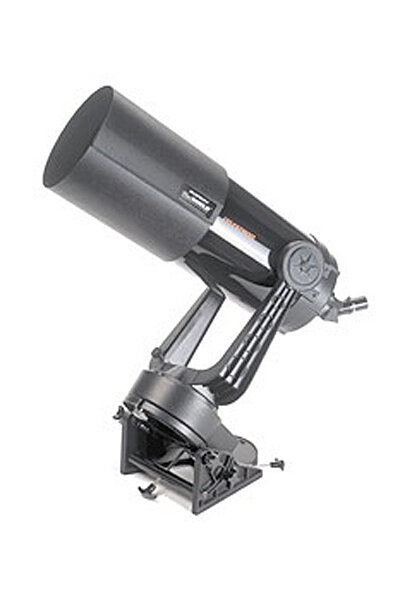Don’t 'dew' this with your telescope…
Loading...
If this hasn’t happened to you yet, it will.
It’ll go something like this…
You’re out with your telescope on a pleasant summer evening, up late to get a preview of the nebulae and star clusters along Scorpius and Sagittarius. The sky is clear, the seeing steady, and you can stay up all night because you don’t have to work tomorrow.
Then, as you’re getting your best-ever view of M7, or M8, or the great Sagittarius star cloud, you notice something strange. The dim stars begin to fade. The images of the brights stars suddenly have ghostly white haloes. And finally, you can barely see anything at all.
The stars are gone.
You look at the sky. Have clouds rolled in? No. All clear.
Then, you take a peak at the lens of your telescope. A thick layer of water – dew – has condensed on your lens.
You don’t dare wipe the dew off the lens for fear of damaging the soft anti-reflection coatings. And with no other way to remove the coating of water, your idyllic observing session has come to an early end. All you can do is pack up and go home, with your ambitious observing plan left undone.
What happened?
Condensation. The temperature of your telescope’s lens fell below the so-called “dew point”. And just as when you take a bottle of cold beer out the fridge, a swarm of water molecules from the surrounding air condensed onto the glass like locusts on a field of wheat.
The front lens of refractors and Schmidt-Cassegrain telescopes are especially prone to dew. That’s because they point directly into the bitter cold of space and radiate their heat faster than surrounding objects. You’ll notice the same effect on a car’s windows early in the morning. The windshield, which points toward the cold sky all night, often has more a thicker coating of dew than the side windows.
When dew forms on the lens of your telescope, you can try to heat the lens to get it back above the dew point. If you have access to electricity, you can do the job with a gentle flow of warm air from a hair dryer. Repeat when necessary.
Or you can prevent the dew from forming in the first place with a specialized dew heater, a strip of resistive electrical wire which fits around the circumference of the lens to warm it up. These wires are often driven with a DC battery, which makes them ideal for remote locations.
You can also use a dew shield… a long extension of your telescope tube, which cuts down on the amount of cold sky your lens is exposed to. While not perfect, these shields can extend your session by a few hours. They’re not as effective as heaters, but they’re less expensive and need no electricity.
You can get dew heaters and dew shields at most astronomy and telescope shops. Or you can make your own dew shield out of sheets of thick plastic. Just make sure the inside is painted flat black to cut down on reflection of stray light into your scope.
To learn more observing tips, check out the course Basic Astronomy with a Telescope, recommended by the legendary Sir Patrick Moore himself.
Brian Ventrudo blogs at One-Minute Astronomer.





